Thank you for visiting! By the way… any links on this page that lead to products on Amazon and other stores/partners are affiliate links Aquarium Store Depot earns a commission if you make a purchase.
Are you struggling with finding an aquarium plant that won’t die on you?
In this blog, we share the best low light aquarium plants, from foreground plants to mosses.
With over 25 years of experience in the aquarium hobby, I’ve assisted countless clients, hobbyists, and readers like you in overcoming their brown thumbs. I’ve personally grown many of these plants in real world scenarios to determine the best low tech plants in the hobby..
The Top Picks
I’m going to list the top 3 aquatic plants for quick reference as I’m going to go through a bunch of options for you today. The top 3 are hand picked for you! I’m going to try to stick with common names to keep confusion to the minimum. Every one of these low light plants I’ll go over in this post can run off low lighting conditions.
Java fern is the most readily available and one of the easiest plants to care for in the hobby. Anubias offers a low light plant that grows slow while Moss balls are cheap and work in small tanks.
The Top 21 Low Light Aquarium Plants
Let’s get started with our best low light aquarium plants list!
1. Java Fern
Editor's Choice
The most readily available low light aquarium plant for sale. Tolerates a variety of light conditions and very hardy
Java Fern is one of the most readily available freshwater plants available in the industry. Java Ferns are a slower grower, but it can tolerate most light conditions and is a very hardy plant species. It also has a unique leaf structure and can be glued to rocks for some unique aquascaping accents. Like the other plants above, many fish ignore java ferns. It is a foreground plant that is a literally set it and forgot it plant. Java ferns are the perfect plants for beginners, or those looking for a stress free planted tank. The Java fern is a staple in most low light tank setups.
2. Anubias Barteri
Anubias Barteri is one of the most popular and hardy freshwater aquarium plants available in the hobby. Also known as Coffeefolia, it has heavy thick leaves that are rippled in appearance. When the Anubias barteri plant is young, it will have reddish brown leaves which will change to green as it matures.
This plant is actually ideal for fish that like to eat plants because many fish will tend to leave it alone as they do not like the taste. It is a midwater plant that is a root feeder so you will need a substrate that has room for it to grow its root system. It is a moderate grower and grows well even in low light. If you are looking for a small plant, the Anubias Nana variety works really well!
These Anubias barteri plants also flower. They will flower better when emerged, but they will also flower when submerged in an aquarium. Check out this video by Dovydas below.
3. Marimo Moss Balls
Budget Option
A cheap and easy to care for aquarium plant. Thrives in low light and very low maintenance
Marimo Moss Balls are foreground plants that are very easy to care and grow. They will thrive in just about any light condition and just ask to be rotated every water change or so. They can be kept in just about any tank. From a large planted display to a fish bowl it will thrive in any condition. Some people will even place the in sumps as a form of refugium. They are also very long lived with the species living over 200 years in the wild.
Marimo Moss balls are ideal for small plants and for small inhabits like shrimp. They are also a good fit for smaller activity fish like Bettas. Marimo moss balls aren’t actually considered a plant, more so a form of green algae that grows into a ball formation. Because of their size they are ideal for a smaller fish tank. They do very well in a low light aquarium.
4. Amazon Sword
A classic background aquarium plant. Grows large and will be a centerpiece in your aquarium
The Amazon Sword is a staple in many freshwater planted tanks. It is found in aquariums all over the world as it is well known for its hardiness and ability to thrive in a vary of conditions. It is also a fairly inexpensive plant and readily available in most stores. It can grow to an impressive length usually growing to over a foot in height. Having an aquarium at least 16 inches in height would be ideal for it. These plants are also easy to propagate and do just fine in low light.
It’s main drawback are its root system. They are fairly large and powerful and will grow deep into the substrate. It does require a deeper (at least 2.5 inches deep) and solid substrate due to this.It grows to a dark green color. If you see the leaves start to brown out, this means that your nutrients are low. It must be planted in the substrate as it is a root feeder.
This plant does not require a ton of light and will thrive in a low light aquarium. It does not require much pruning as well. It is a common plant in a planted tank for a reason.
5. Cryptocoryne Lucens
An easy to care for mid-ground plant. Its slow growth makes it easier to maintain
Cryptocoryne Lucens is a low growing crypt plant that generally grows within the 3 to 5 inches in height range. It sometimes is used as a foreground plant in larger tanks and due to its size it can work as a background plant in smaller tanks.
It’s an undemanding plant that thrive in most aquarium conditions. It is a slow grower and prefers not to move around. Once you plant it, plan on not moving it. It is often recommended to beginners because of it’s easy level of care, slow growth rate, and low light demand. Crypts in general make great low light plants.
6. Vallisneria Americana (Eel Grass)
One of the easiest background placement aquarium plants that can be kept. Provides excellent shelter for fish
Vallisneria Americana or Eel Grass is a native aquatic plant from Florida. It has nice twisted and ribbon like leaves and is usually one of the first plants beginners will try and most often are very successful with it because it is easy to take care of. It is a fast grower as well and is a great background plant due to its taller spread.
It is one of the easiest aquarium plants to propagate via its runners and this also gives it the ability to take over a fish tank, so proper pruning and maintenance will be necessary to keep it in check. It is considered a staple in planted aquariums due to its well earned reputation of being easy to care for and being able to thrive in low light.
7. Dwarf Sagittaria
A great first time beginner plant. Hardy and thrives in low light. Provides a natural looking ground cover
Dwarf Sagittaria is a great first time plant for a beginner. It is a low level of care plant that stays small in size and will spread to form a grass like carpet. It is ideally placed in the foreground of your aquarium where it can provide a great looking grass covering to accent your taller and larger plants.
There aren’t any high light or fertilizer requirements with this plant. It will readily grow in just about any tank conditions. It is an ideal low light carpeting plant.
8. Java Moss
A great beginner plant that will do well in low light. Attaches well to driftwood and rocks
Java moss is a plant that can attach to rocks, driftwood, and roots. It is a very hardy plant that does not need a lot of attention and will grow in just about any condition. It is commonly used to help baby fry hide from adults. Like Anubias Barteri, Java moss is compatible with most fish as many will not pick at it. Java moss is a foreground plant that can grow like a lawn if you want it to and can grow fast. It does well in a low light aquarium.
9. Pearl Weed
A carpet growing plant that is fast growing and will do well in low light
Pearl Weed is a carpet growing plant that bright green and low growing. It is the ideal carpet plant for beginners. This is a really accommodating plant in that it can be used in the foreground, mid ground, and background as it doesn’t require much to be planted. It will also grow plenty fast under lower light aquarium conditions.
Because of its fast growing and carpet nature, it will require constant pruning to keep it from growing vertically. It also will not mind a hard prune and being shaped to the way you desire. This is also a very easy plant to propagate as all you need to do is cut the end of the stems, group them together and simply bury them together in your substrate.
This is an ideal carpet covering plant for those struggling with others.
10. Anacharis (Elodea Densa)
Excellent as a food source and sucks up nutrients in an aquarium. One of the easiest freshwater plants to care for
Anacharis is a plant you may have seen in science class in school. Because it’s leaves are only one or two cells thick they are often used to teach children about cellular and plant cell structure as they can be easily view through a microscope.
It is a highly valued aquarium plant that can soak up nutrients in the water. It is so good at its job that it is used in wastewater treatment models as it has been found to remove harmful chemicals in water such as arsenic!
It is very easy to grow grow very fast even in low light. It does have an issue of being considered a pest to wildlife though, which means it has been deemed illegal in several states in the US due to its invasive nature. It is very popular in Ponds and cold water aquariums because it is tolerate of a variety of water temperatures. It is also used as a plant for goldfish as they will happily eat the plant and they are cheap to purchase.
It is a very fast grower and it’s chemical and nutrient soaking ability make Anacharis a very utilitarian plant to have in a planted tank.
11. Rose Sword Plant
One of the rare red plants that can grow in low light. Easy to care for and grows large
The Rose Sword Plant is a variant of the Amazon Sword plant that has a range of colors from green, brown, pink, to red. New leaves will start out as pink or bronze and will eventually turn to bright or dark green as they mature. They are just as easy to take care of Amazon Swords, but will require a bit stronger lighting conditions in order to bring out the best colors. However, they will thrive and grow in low light conditions. Most red plants tend to require higher lighting which is why they don’t make this list. This is one type of plant you can get that gets you the red, but won’t require higher light conditions or CO2 injections.
12. Water Sprite
Readily available and easy to grow. This fast growing plant will soak up nutrients and thrive in low light
The Water Sprite is another commonly available plant that has the ability to thrive either planted or floating in low light conditions. It is an ideal plant for cover for fry and for timid fish due to the cover it can provide with its grow spread. These plants are also valuable to scientist because they germinate so fast. They are often used in genetic research.
They are fast growers and will suck up nutrients in a fish tank. Both a good and bad thing, but the plant is relatively low maintenance and can still do well without supplementation. They make good background and middle placement plants and actually do a good job of keeping algae at bay as they create a lot of shade under them. It is a commonly available and cheap plant.
13. Hornwort
A tall and easy to grow freshwater plant. One of the least demanding background plants available
Hornwort is like many plants on this list, are one of the easiest freshwater plants to grow in an aquarium. In the wild, you can find it across all continents except for Antarctica. It is a fast growing plant, so it will require pruning to keep in check. What I love about this plant is that is it very flexible. You can either plant it in the substrate or use it as a floating plant on the surface of the water as it will thrive in either situation. It is a dark green plant with dense foliage with a unique leaf structure that provided excellent aesthetics to your aquarium.
It can get tall, but can be controlled with regular pruning. It is a truly non-demanding plant and will do great in the background or attached to rocks. It is also one of the plants on this list that can grow in cold water temperatures. It is a great low light tank plant.
14. Christmas Moss
A easy to care ground cover plant that is an excellent choice for shrimp tanks
Christmas moss is a staple in freshwater shrimp tanks. It has a bold green color and can be used in a variety of ways to space an aquarium. It’s most common use is to attach it to aquarium rocks or driftwood. What makes this work in shrimp tanks is it’s hardiness.
While it is a low light plant in the sense that it can live without CO2 injection, it will thrive with it. If you want to go as hands off as possible, consider our next option below, Java Moss.
15. Java Moss
A great beginner plant that will do well in low light. Attaches well to driftwood and rocks
Java moss is arguably the most popular aquarium plant in the hobby today. This moss is great for beginners, does great in low lighting conditions and doesn’t need a high level of care. Java moss has many applications as you can attach it to driftwood, rocks, or even have it as a carpet in your substrate. There are two reasons why I put it below marimo moss balls and christmas moss. That is for the aesthics.
It’s the not the best looking plant. In fact, most plants in the Java class don’t really look the same as other plants. They are hardy and have a certain look to them. They are great for beginners. If you are looking for a show stopping aquascape though, most aquascapers will not use them and will default to less unruly plants like christmas moss.
16. Bucephalandra
Bucephalandra is a slow-growing plant that's perfect for anyone looking to grow their first aquatic plant. They are great for attaching to hardscape
Bucephalandra is a undervalued low light plant in the aquarium industry. I say that because many beginners don’t consider it. It is usually reserved for more advanced hobbyists, mostly due to its availability and price. It is a plant that has a number of varieties available and colors. From dark green, to light green and even near blacks, this plant can pop in any environment.
Because they are rhizomes like Anubias, they are best grown on rocks and driftwood. They also prefer a good amount of water flow, which make them a better candidate for professional aquascapes and planted aquariums.
17. Cryptocoryne Wendtii
A great low tech plant for multiple aquascape types and setups. Forgiving and hardy, the Cyrptocoryne Wendtii is a great introduction to rooted plants!
Cryptocoryne Wendtii are great plants for low light conditions. This particular species called Cryptocoryne Wendtii is well known for its shades of pink and green. It’s a forgiving plant that doesn’t need a high level of care and it offers a unique look compared to other aquatic plants on this list. It’s also one of the few rooted plants on this list that is easy to find tissue culture grown.
That’s one of my frustrations with plants like java fern and anubias. It’s difficult to find them as tissue culture. You can find this one available though. If you want a plant that is easy to grow and that you know will be pest free, consider buying a tissue culture version.
18. Dwarf Hairgrass
Dwarf hairgrass is an easy to grow carpet that is great for beginners. Purchase tissue culture plants to ensure pest free plants!
Dwarf hairgrass is a bright green aquarium plant that gives the appearance of grass. It only grows to 3 inches in height. It can give the appearance of a groundcover when grown in mass at the bottom of the tank.
It’s green look works well in simple aquascapes like Iwagumi. It can outcompete other carpeting plants, so if you want to plant it, know that it will become the dominant foreground plant in your tank. It is a hardy plant that doesn’t require a high level of care that beginners will appreciate.
19. Floating Fern
A floating plant that tolerates cold water. Does best in low flow tanks
Floating plants are a great option if you are looking for low light/low tech plants. One of the more unique floating plants available is called the floating fern. Not only can it do well in low light conditions, but it does well in cold water temperatures too.
It has a unique leaf shape and the root systems are very large. These make these plants ideal for betta fish tanks and axolotls as they can shade your aquatic pet from the light and still give you a pretty plant that will tolerate low flow water conditions.
20. Ludwigia Repens
Buceplant offers both stem and tissue culture Ludwigia Repens at great prices. A great beginner red plant to try!
Ludwigia Repens is the only red aquarium plant that makes this list. While it is considered a moderate light plant, many plant lights will accommodate its par requirement. It is a stem plant and red plant that doesn’t require CO2 to grow.
Ludwigia Repens is a forgiving and low level of care stem plant. It is the best plant to stepping stone with if you want to get into growing those harder to grow red plants.
21. Anubias Nana
Hardy, forgiving and easy to grow. The Anubias Nana is your ticket to the incredible hobby that is aquascaping!
Anubias Nana is the smaller cousin of Anubias Barteri. It’s a low level of care plant and is one of the most forgiving aquarium plants you can purchase in the hobby. It can grow in a variety conditions, most fish won’t eat it, and it be grown either emerged or submerged. This makes this plant an excellent candidate for terrariums and paludariums.
Given its smaller size, it works well in smaller fish tanks. If you are looking for an even smaller plant for nano tanks, consider trying Anubias Nana Petite.
22. Lucky Bamboo
- Scientific Name: Dracaena sanderiana
- Skill Level: Easy
- Size: Up to 39 inches
- Lighting: Low
- pH: 6.0 – 7.5
- Growth Rate: Slow to Moderate
- CO2 Requirement: Optional
Lucky bamboo, often overlooked as an aquarium backdrop, has gained recognition through recent social media trends, particularly on social media. This plant offers a lush, verdant area within your tank, providing a natural playground for fish to dart through.
Known for its resilience and minimal maintenance requirements, lucky bamboo thrives even with the simplest of care routines. An added advantage is its ability to flourish in dimly lit environments, as ambient light suffices for its growth, making it an ideal choice for lower light aquariums. To ensure its longevity, remember to keep the foliage emerged above the water’s surface.
Types of Aquarium Plants
Let’s start first with the type of aquarium plants and how they are different we have the following:
- Ferns and moss species
- Rosettes
- Stem Plants
- Floating Plants
Ferns and Mosses
These plants reproduce in the aquarium by producing spores. These plants include plants such as Java Fern, Java Moss, and Water Sprite. These plants tend to be popular among breeders because they provide good cover for fry in an aquarium. Most ferns and mosses are aquarium plants that will do well in low light.
Rosettes
These are flowering plants that you will see in both aquariums and outdoor ponds. These include plants like the Amazon Sword plant and Anubias. Rosettes are known for their shortened stems and are very leafy. This makes them a very popular plant for aquariums.
Floaters
These are plants that are not rooted in the substrate and do best floating at the surface of the water line. Some species would include Hornwort and duckweed. They are great plants for new fry to hide it, but several species grow extremely fast and can take over a fish tank.
Types of Feeders
Plants are also separated in the way they feed in your aquarium. We separate plants in the aquarium hobby as column feeders and root feeders. A column feeding plant take nutrients from the water column, which means you can place column feeders above your gravel substrate and do not have to worry about having a nutrient rich substrate. Root feeders take nutrients from the substrate. These plants will anchor to your substrate and require substrate that can sustain them.
Not only do we need to know about how plants feed, but also where they are best placed. There are foregound, midwater, floating, and background plants. Knowing what plants are best for each section in your planted aquarium setup will help you design an aquascape that looks beautiful and professional!
How to Select Tank Foliage
We supplied a video from our YouTube channel that summarizes the list above. Subscribe to us if you like our videos. We post new ones every week.
It can be intimidating when purchasing plants for the very first time from a fish or pet store. Here are a few tips when it comes to selecting a plant for your aquarium:
- Don’t purchase plants with damaged fins or holes in the leaves
- Look for discoloration of leaves as well as yellow leaves
- Considering dipping your plants in a 1/10 bleach solution to remove any unwanted snails and algae from the leaves.
Another option to get the best plants possible is to consider tissue cultured plants. Tissue cultured plants are grown in labs and will not have any pest hitchhikers. I would definitely consider purchasing them if you can find them for the plant you are looking for. The most well known brands for tissue culture would be Tropica and Aquatic Farmer, both of which you can find in online stores if your local store does not carry any.
Planted Tank Lighting Options
We do have a post about the Best Planted Tank LED Lights but we can pull from that list to provide a few options if you don’t have time to read that article. For a low light aquarium on a budget, the NiCrew Sky LED would be the easiest choice. If you want an overall comprehensive light with the ability to expand to more light demanding plants, the Serene LED is one of the best lights out there and is simple to use. The Serene is ideal if you are planning to graduate beyond low light aquarium plants.
Current USA's offering into aquascaping is an incredible value. Spectrum, spread, easy to program and great PAR output.
CO2 Systems
CO2 is the driver of growth for any planted tank. While many of these plants can grow without the assistance of a CO2 system, they will grow a lot better and faster with CO2. While a full blown CO2 system may not be a good option for you, there is a good middle ground to get growth via supplementation.
Seachem Excel is arguably the best CO2 supplement when you are beginner. It’s easy to use and also works great for eliminating nuisance algae. It’s super easy to use. All you have to do is add 1 cupful for every 50 gallons daily or every other day. When you do a major water change and on the initial use, you add 1 cupful for every 10 gallons. It’s also safe on moss balls (which is considered a form of algae).
Excel is a great way to learn about CO2 dosing before you move on into CO2 injection. It also works great at eliminating problem algae spots!
Fertilizers
Aquarium fertilizers are important to keep your nutrient levels stable for growth. If you start supplementing CO2, you will need to look into fertilizers to keep your growth levels up. While APT complete is considered a supplement for full blown planted tanks, it can be adjusted for low energy setups. I’m a fan of the supplement as it is a complete all in one that is superior to most pet store purchased products.
Editor's Choice
Made by an aquascaper for aquascapers. This is the best all around aquarium plant fertilizer on the market. Marco and micronutrients in one bottle!
Use Coupon Code ASDComplete for 10% off your order!
FAQS
What Aquatic Foliage Does Well With Muted Lighting?
There are many plants that do well in low light aquariums. Plants such as Java Fern, Anubias, Bucephalandra are excellent choices. They will go well even in low light and no CO2.
Can I Grow Tank Foliage Without A Lamp?
No. You cannot grow aquarium plants without a light. Whether its direct sunlight (not recommended to avoid algae) or a plant light – all plants in the aquarium trade need light to survive. Most plants will survive around 7 days without lights while other more sensitive plants will start showing signs of stress after 2 or 3 days.
How Many Hours of Illumination Do These Types of Tank Foliage Need?
Plants need about 8 to 10 hours of light to survive. Low light plants do well with this much light. Other plants may need more light, but it is more about the intensity of the light versus the duration.
What is considered moderate illumination for tank foliage?
Moderate light is anything over 100 PAR. Most planted tank lights will provide moderate light. If you are looking for intense lighting, there are brands of lights from companies like UNS that make high-intensity lights desired for professional aquascapes.
Will normal LEDs grow foliage?
Yes, a normal LED light can grow plants assuming the amount of PAR is enough to grow the plant. It will not have the best spectrum to grow optimally though. Plain white lights tend to give off a lot of PAR and may actually burn plants or encourage more algae growth. It’s best to purchase a specially-made aquarium plant light to ensure you get the best growth rate from your plants.
Conclusion
So that was the list. I tend to surprise people when I can name a lot of plants that will work well in low light aquariums and many of these plants will not require CO2 supplementation. You can transition to a planted tank with these plant species relatively easily and have great success today! Many of these plants listed are staples in the industry, require a low level of care, and are well regarded for their toughness in handling just about anything you can throw at them. I wish you success on your low light planted tank journey! If you have any questions, please leave a comment below. Thanks for reading.
- About the Author
- Latest Posts
I’m thrilled that you found Aquarium Store Depot! Here you’ll find information on fish, aquariums, and all things aquatics related. I’m a hobbyist (being doing this since I was 11) and here to help other hobbyists thrive with their aquariums! I adhere to a high quality Editorial Process and Review products with real life field usage and practical analysis.


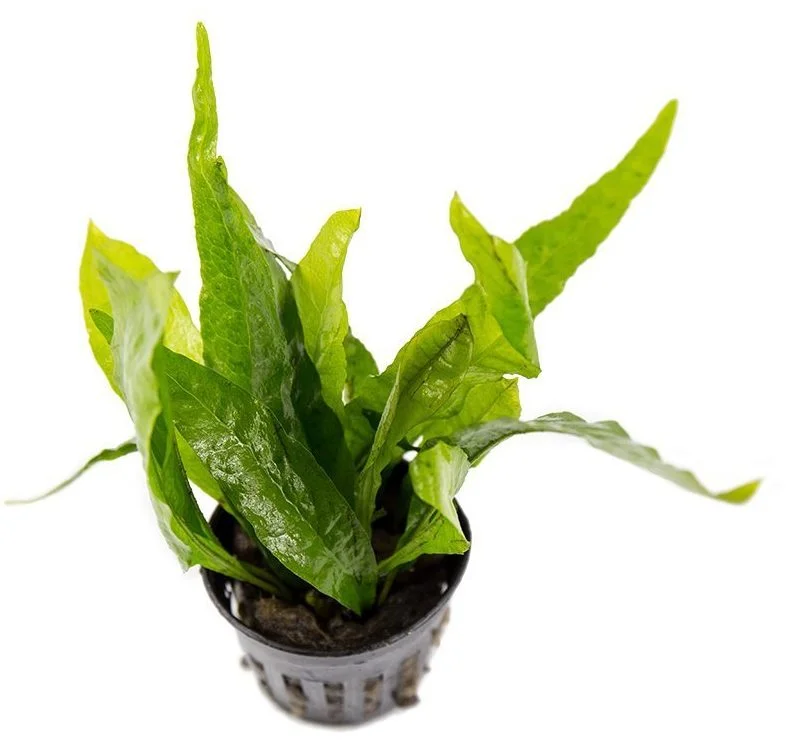
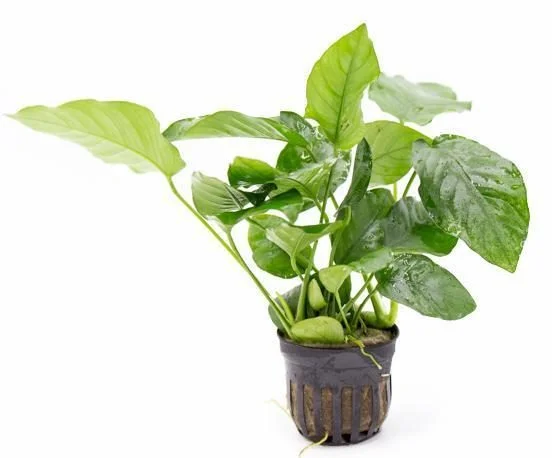

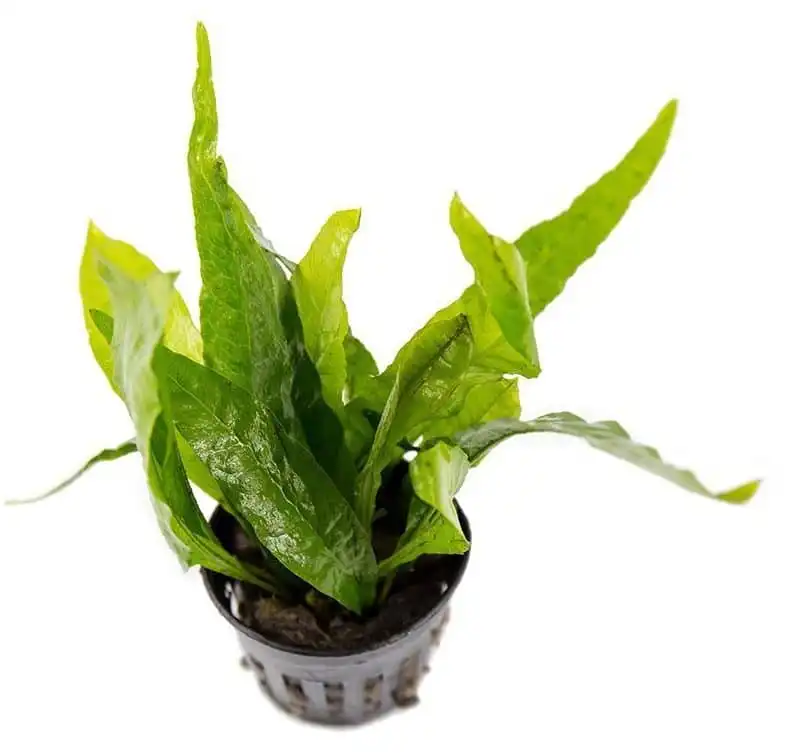
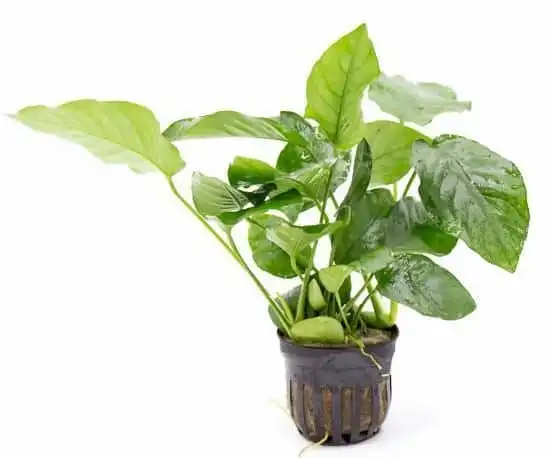
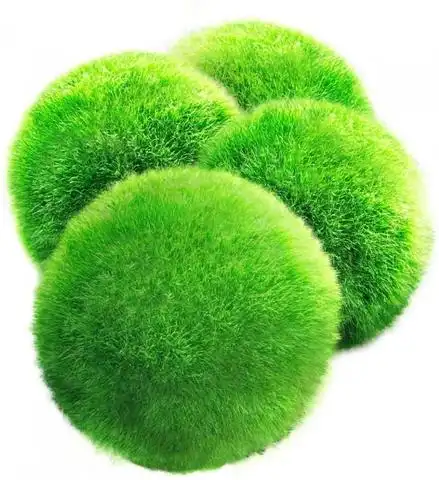
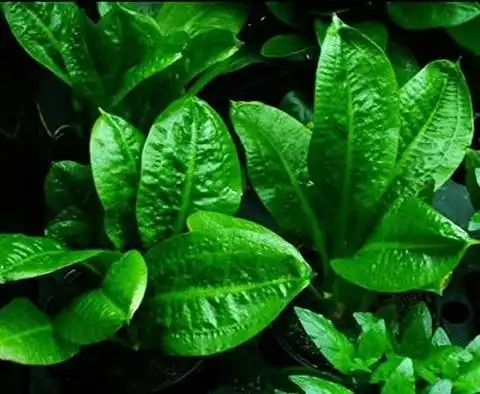

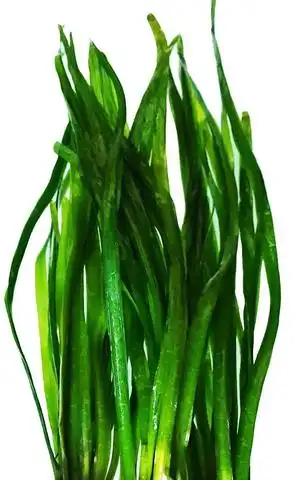
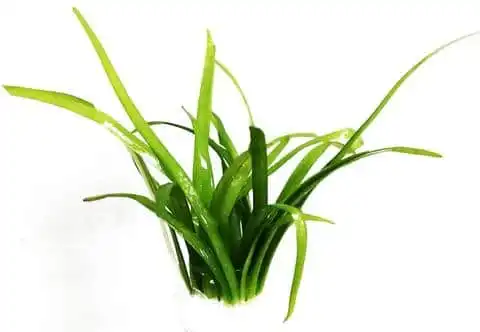
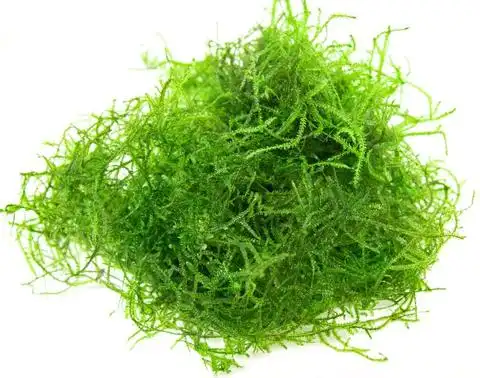
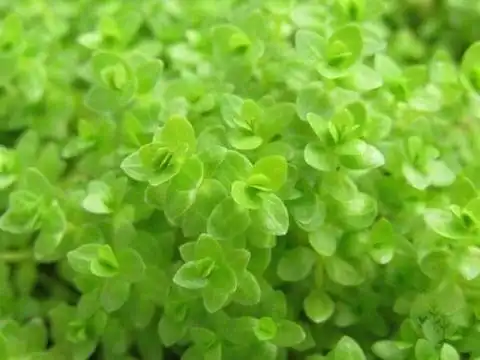
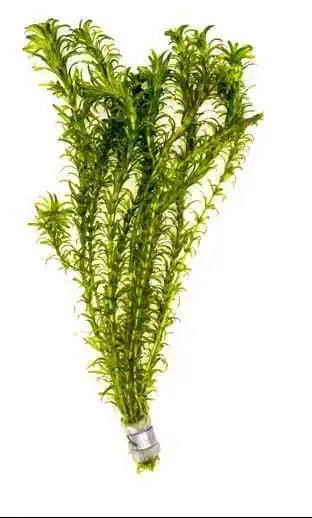



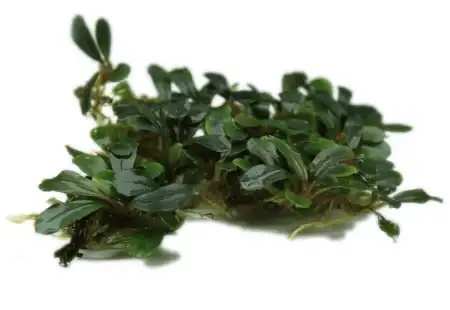
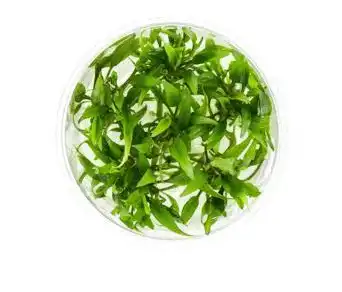

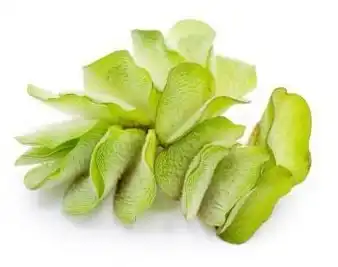
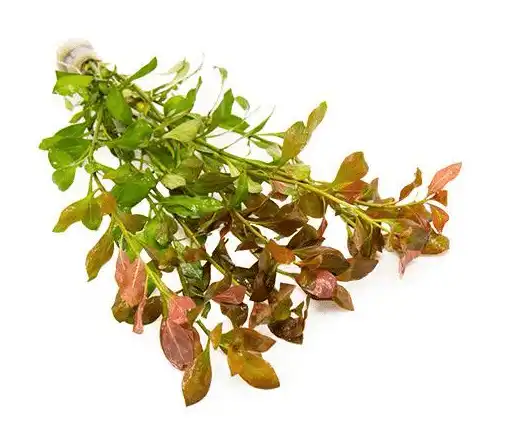
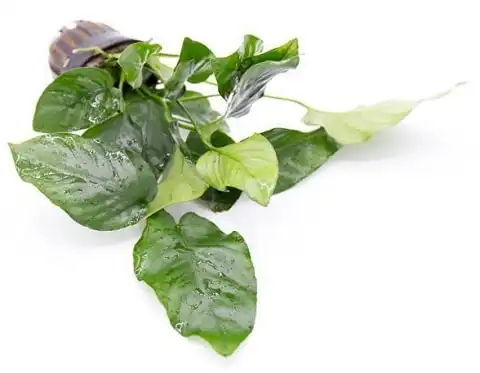


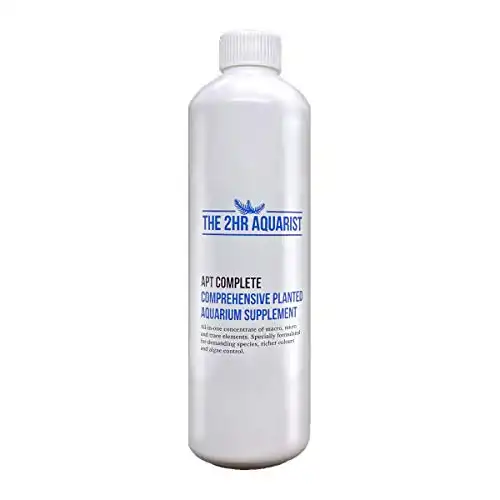




Hi there I don’t seem to have much joy with plants.tank is 3foot deep and 1000ltrs so hard to get plants in substrate.have Fluval led light biggest have just need get the plant one too.have Co2 a feed plants once a week.try loads of different plants a all die off.have echinodorus which got smaller than started off with.Amazon swords almost all gone tiger vallis gone bolbitis heudelotii doing well has I put in up on slate so almost half way up tank a light closer.moss balls a Java moss doing fine.just a arse trying to get the Java moss to stay on drift wood a it’s a big lump of wood sat in bottom tank.so no way I can get fishing line under log to tie down Java moss as arms not that long to reach that far in tank.
Any ideas as to what I could do as would love planted tank for fish to have plants to hide in a for the discus.regards Glynn
Hi There. Have you got a drop checker to check on the CO2 levels? The other issue could be lighting
This is an excellent article and reference. it’s now on my home page for quick access.
Thank you!!
I have learned more about aquatic low light plant species that I did not know about. I will try some of these plants thank you.
Thank you that was very knowledgeable.